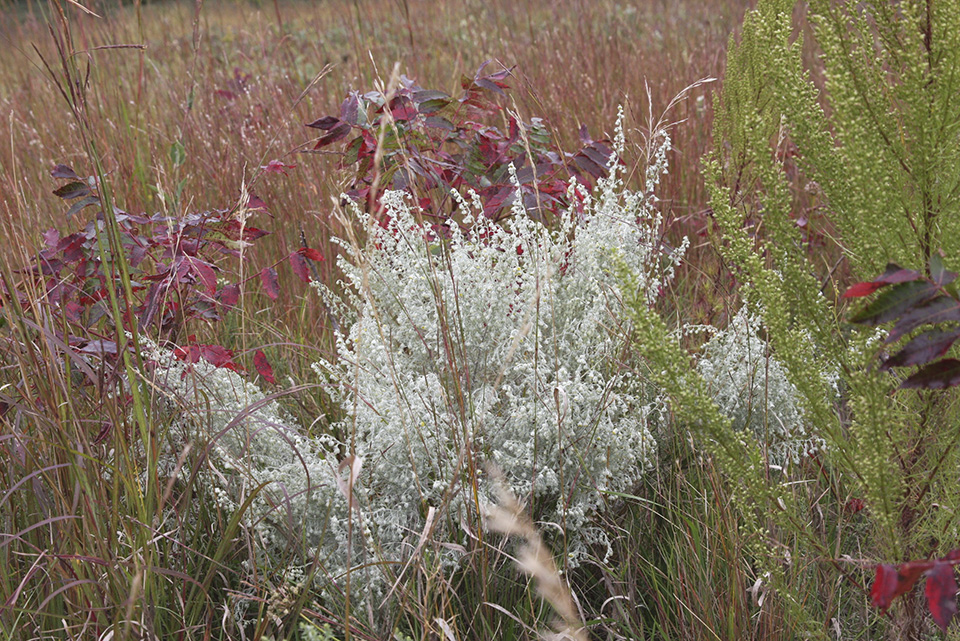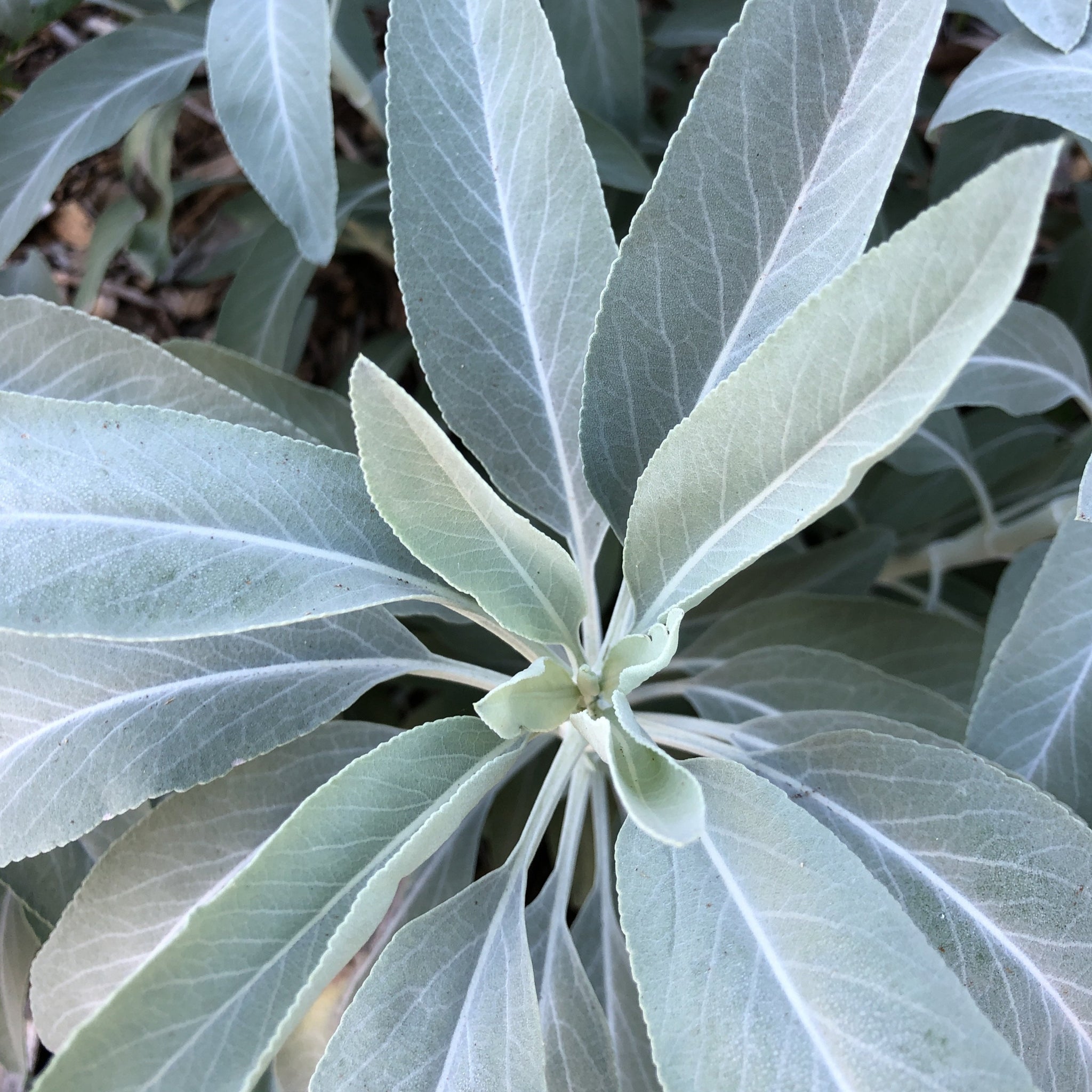

The leaves and stems are a traditional food among the Chumash people and neighboring communities.įor healing use, several tribes have traditionally used the seed for removing foreign objects from the eye, similar to the way that Clary sage seeds have been used in Europe. The Cahuilla people have traditionally harvested large quantities of the seed, then mixed it with wheat flour and sugar to make gruel and biscuits. The seed is a primary, traditional ingredient in pinole, a staple food. Salvia apiana is widely used by Native American peoples on the Pacific coast of the United States. The terpenoids and essential oils found in white sage likely deter herbivory. However most of these species are ineffective pollinators, with only three species of carpenter bee and one species of bumblebee actually leading to routine pollination.

Ecology įlowers attract varied pollinators including bumblebees, carpenter bees, Bombyliidae, and hummingbirds. The plant occurs on dry slopes in coastal sage scrub, chaparral, and yellow-pine forests of Southern California to Baja California at less than 1,500 metres (4,900 ft) elevation.
#WHITE SAGE FULL#
White sage is a common plant that requires well-drained dry soil, full sun, and little water. Several 1 to 1.3 metres (3.3 to 4.3 ft) flower stalks, sometimes pinkish colored, grow above the foliage in the spring. The flowers are very attractive to bees, which is described by the specific epithet, apiana. Leaves are thickly covered in hairs that trigger oil glands when rubbed oils and resins are released, producing a strong aroma. The whitish evergreen leaves are 3 to 9 cm (1.2 to 3.5 in) and persist throughout the year they are opposite with crenulate margins. Salvia apiana is a shrub that reaches 1.3 to 1.5 metres (4.3 to 4.9 ft) tall and 1.3 metres (4.3 ft) wide. Climate data used in creation of plant range maps is from PRISM Climate Group, Oregon State University, using 30 year (1981-2010) annual "normals" at an 800 meter spatial resolution.Salvia apiana, the white sage, bee sage, or sacred sage is an evergreen perennial shrub that is native to the southwestern United States and northwestern Mexico, found mainly in the coastal sage scrub habitat of Southern California and Baja California, on the western edges of the Mojave and Sonoran deserts.
#WHITE SAGE MANUAL#
Other general sources of information include Calflora, CNPS Manual of Vegetation Online, Jepson Flora Project, Las Pilitas, Theodore Payne, Tree of Life, The Xerces Society, and information provided by CNPS volunteer editors, with special thanks to Don Rideout. Sources of plant photos include CalPhotos, Wikimedia Commons, and independent plant photographers who have agreed to share their images with Calscape. Propogation from seed information provided by the Santa Barbara Botanical Garden from "Seed Propagation of Native California Plants" by Dara E. Plant observation data provided by the participants of the California Consortia of Herbaria, Sunset information provided by Jepson Flora Project.


All text shown in the "About" section of these pages is available under the Creative Commons Attribution-ShareAlike License.


 0 kommentar(er)
0 kommentar(er)
